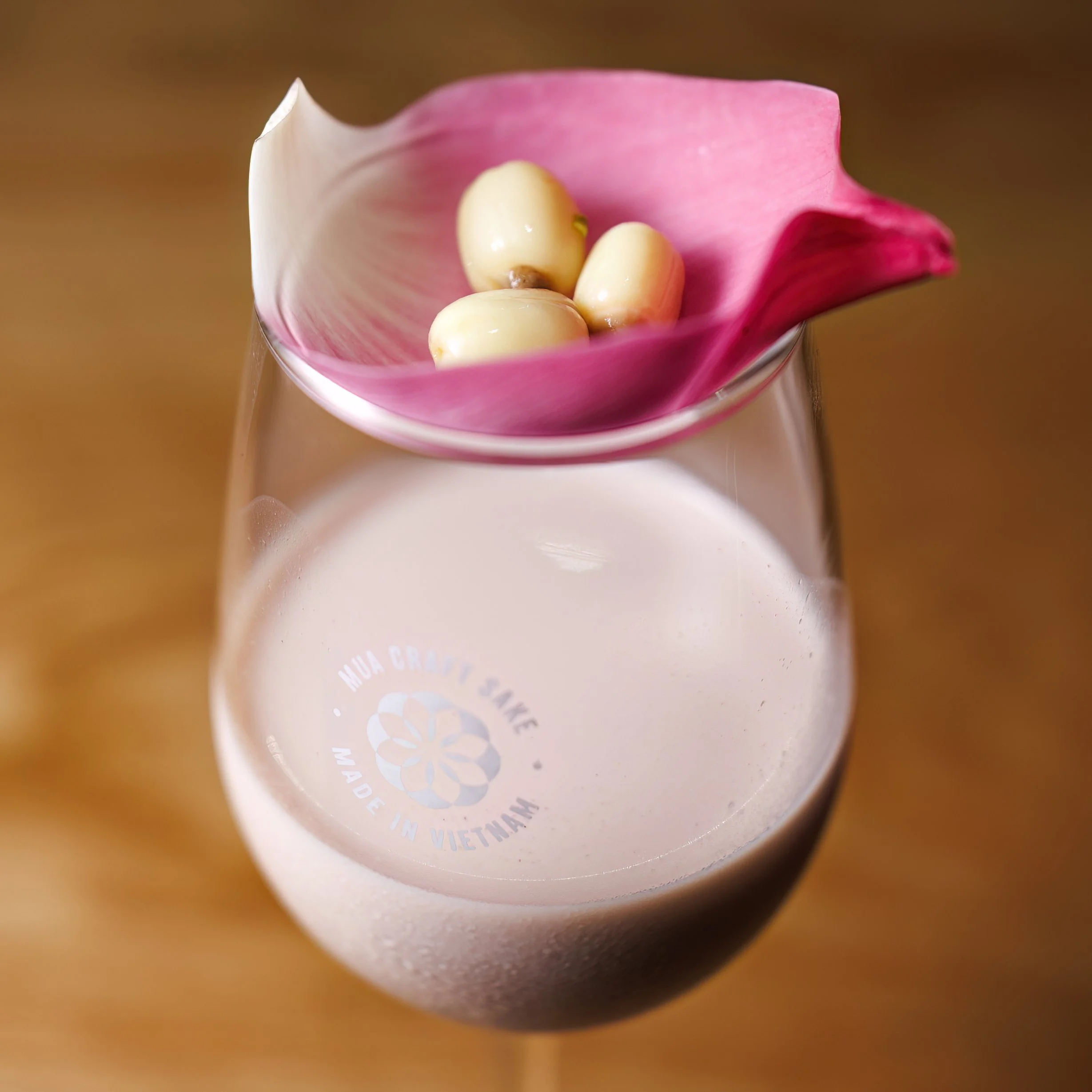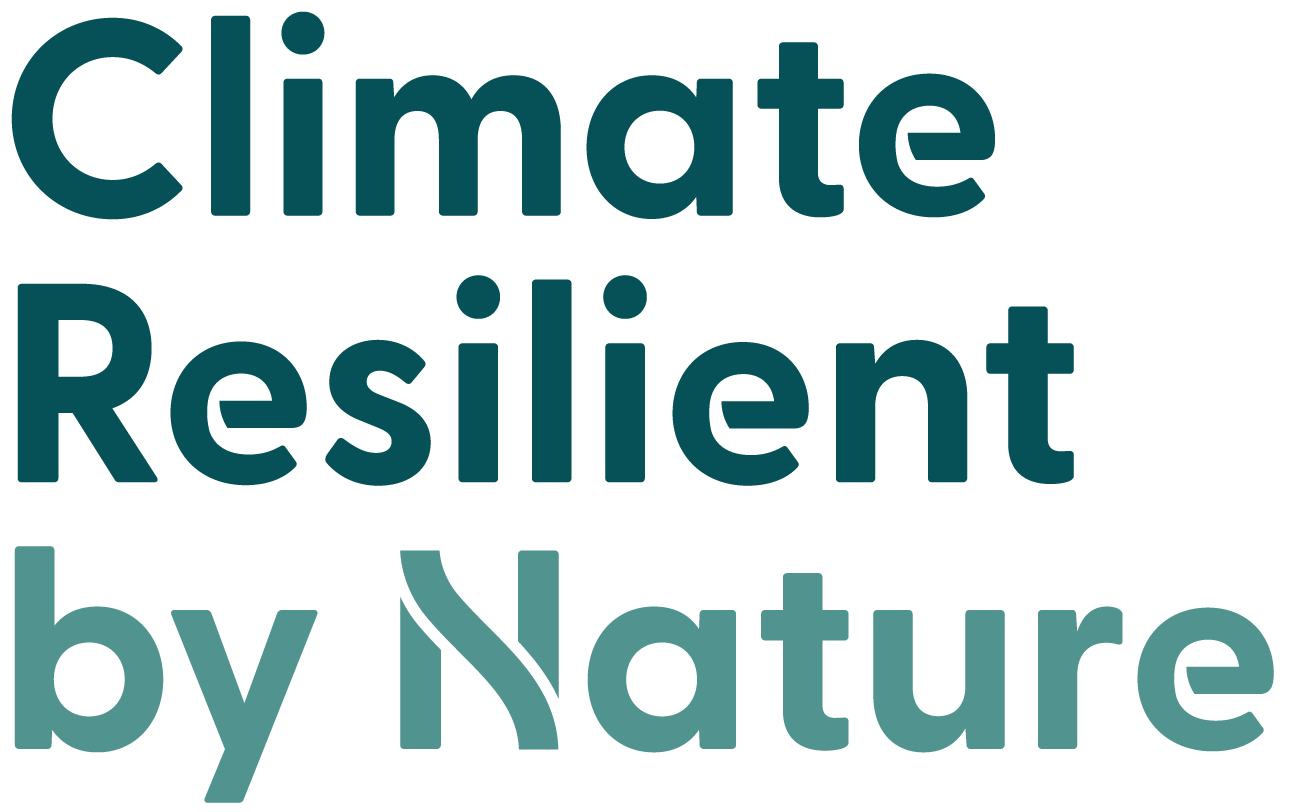Planting the seeds for a climate resilient future in Viet Nam
The thriving wetlands of Lang Sen
Located in the Mekong Delta province of Long An, Lang Sen Wetland Reserve holds great diversity of ecosystems. Across its 5,030ha, swamps, mangrove forests, rice fields, seasonally waterlogged grasslands provide a lush habitat for over 300 species of flora and fauna, including many endangered species. Drifting along the river you’ll notice flocks of egrets in the skies above as well as along the banks, looking out for the constant ripples in the water for their next meal. Lang Sen is teeming with life.
Wetlands are indispensable for the countless benefits or “ecosystem services” that they provide humanity, ranging from freshwater supply, food and building materials, and biodiversity, to flood control, groundwater recharge, and climate change mitigation.
Lang Sen Wetlands Reserve is Viet Nam's 7th Ramsar site. That is, a site noted for its unique and important biologically diversity under the Ramsar Convention on Wetlands.



A changing landscape
During the rainy season, flooding from the Mekong River injects life into vast floodplain habitats and wetlands. These natural, seasonal fluctuations are called the flood pulse, and they’re essential for fish and for sustaining agriculture. It’s a reason why the Mekong River is famed for its rich aquaculture, inland fisheries and rice production.
Local farmers work tirelessly to deliver three rice harvests per year. The third harvest which occurs during the natural flood season, brings with it a range of challenges. To grow rice during this time farmers, modify their plots including by constructing dykes. This third harvest disrupts natural, seasonal flooding which is needed to rejuvenate the soil. As a result, this is causing the rice fields to decline in fertility and eventually, they will become non-productive.
In Long An Province, the disruption of the floodplains change is also putting the last remaining, intact wetland site, Lang Sen Wetland Reserve, at risk due to isolation and disconnection from the river pulse as well as run off from fertilisers and insecticides.
(Re)Introducing floating rice
To address these challenges, WWF-Viet Nam is working with communities to transition to nature-positive farming model. Nguyen Thi Thanh Phuong is a Project Manager working on the Climate Resilient by Nature Mekong program.
“Here we’re supporting farmers with flood-based livelihood, and conservation. We’re doing a lot of activities like research to prove and convince for the farmer to shift from three rice crops - harmful for the environment - back to nature-based solution like growing floating rice without adding fertiliser and pesticide in the farming,” says Phuong.
Floating rice, also known as deep water rice, is a nutritious, culturally important and flood-adapted food. The floating rice farming model does not require the construction of dykes that re-diverts the river. Instead, farmers can take advantage of natural, seasonal fluctuations, allowing river water to flood their plots.
“When the flood comes, the farmer will throw a rice seed into the farming and leave that for growing itself,” explains Phuong.
The rice grows and rises with the flood water, eventually “floating” above the surface.
“The length of floating rice here can achieve three meters - so they adapt very well to the water level and are suitable for a system without dykes”
“50 years ago in whole Mekong Delta, we had around 500,000 ha of floating rice. Now in the whole the Mekong Delta we just have 100 ha,” adds Phuong.
This is due to economic pressures and increasing food demands, which has seen floating rice largely replaced by short-term, high-yield rice varieties.
However, reintroducing, and scaling this traditional farming model and supporting a market for its nature-positive products has great potential for people and planet.
Flood-adapted livelihoods for people and nature
Nguyen Thi Be is a farmer and a member of the Board of Management of the Lua Mua Noi (Floating Rice) Cooperative. She has been farming floating rice for five years.
“The visible benefit is that the environment is clean, as well as reducing pesticides and insecticides,” says Ms Be.
This is because sediment from the flood water acts as a natural fertiliser allowing the soil to thrive. As the rice does not need pesticides, the model can be combined with fish farming. Here, farmers release fingerlings (juvenile fish) into the flooded farms. At harvest time, the fish can be caught and sold at market, providing an additional source of income for farmers.
“In general, for farmers like us, another obvious benefit is that it’s less labour-intensive. We just need to sow the rice properly. When the time comes, we do a little patching up here and there, and leave it be.
“This rice requires less effort to take care of, and it doesn't cost money for fertiliser or pesticides. It's easier to grow than my early crop rice” (the first two crops of the season farmed conventional methods) says Ms Be.
“During the flood season when we’re less busy with rice farming, my family also makes fishing traps and sell them. After selling it, we can earn some extra money. During the free time, I also set traps for fishing- one trap has 12 openings, which helps bring in additional income.”



Growing the market for nature-based products
Farmers are organised into local cooperatives that help oversee the implementation of the nature-based farming models and the buying and selling of produce.
Once harvested, the rice is sold domestically and abroad as well as used for value-added products such as rice milk, rice noodles and rice flour.
Without the use of fertilisers and pesticides, the yield of floating rice is roughly half of high-yield varieties, however the savings in input costs and time, along with the environmental benefits make this model a promising one for farmers.
“At the beginning, this rice was sold at 5,000 VND/kg, and after a while, it reached 15,000 VND/kg. While we did not spend much time taking care of them, we could still harvest rice and earn a high income,” said Ms Be.
WWF-Viet Nam is exploring other opportunities to further support and amplify the market for nature-based products. As part of this, a contract has been negotiated with a Viet Nam-based exporter who will help the products reach new markets in Germany and the United Kingdom.
Recently WWF-Viet Nam also showcased some delectable dishes made from local produce cultivated with nature-based farming methods at a networking dinner. Dishes on the night were developed by some of Saigon’s exciting chefs using ingredients including floating rice, lotus roots, prawns and crabs. The event was attended by representatives from farming communities, businesses (manufacturers, retailers, exporters) and investors. By fostering connections between these groups WWF-Viet Nam hopes demonstrate the business case for nature-based solutions, including their potential to create new and/or diversified livelihood opportunities.
In turn this can incentivise further adoption of farming practices that support floodplain restoration, and at the same time are good for the environment and good for business.






